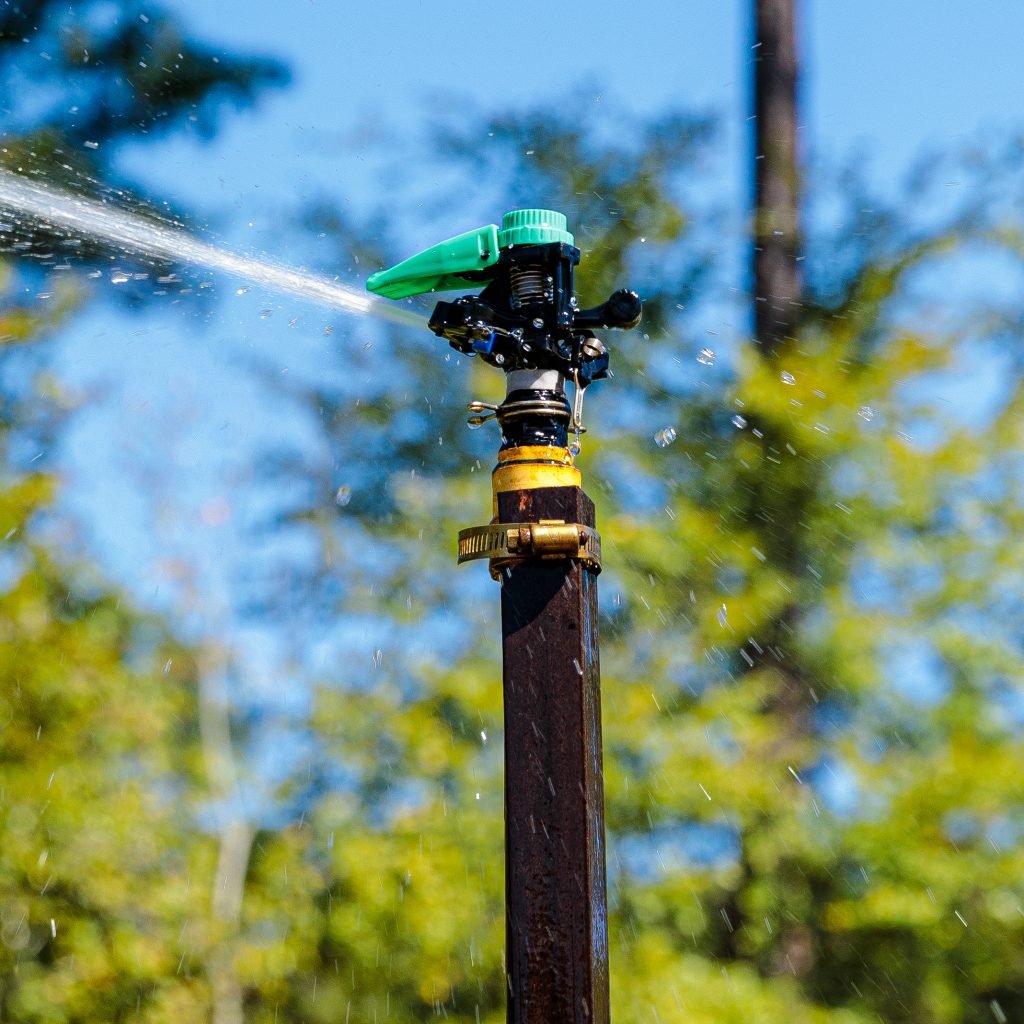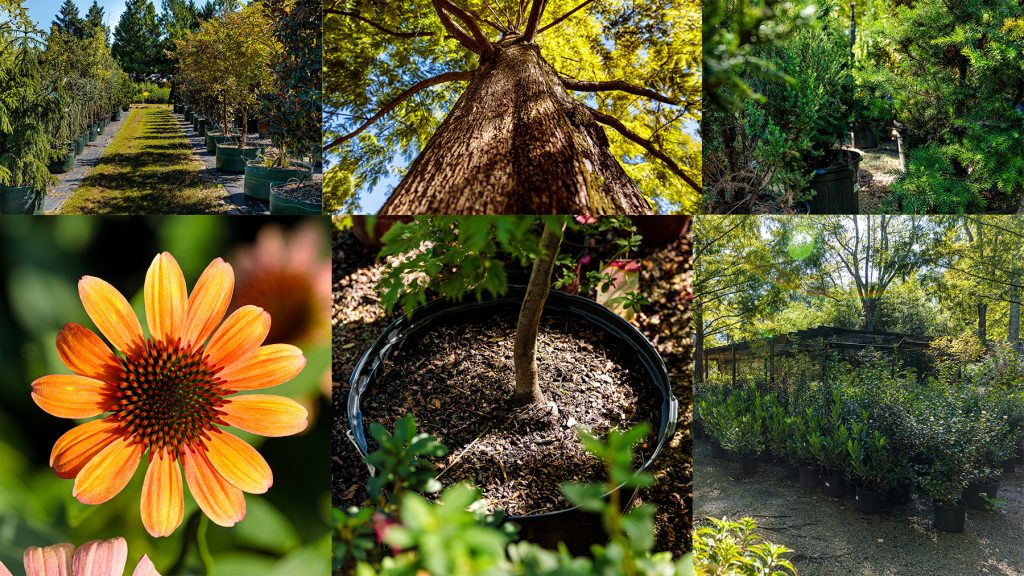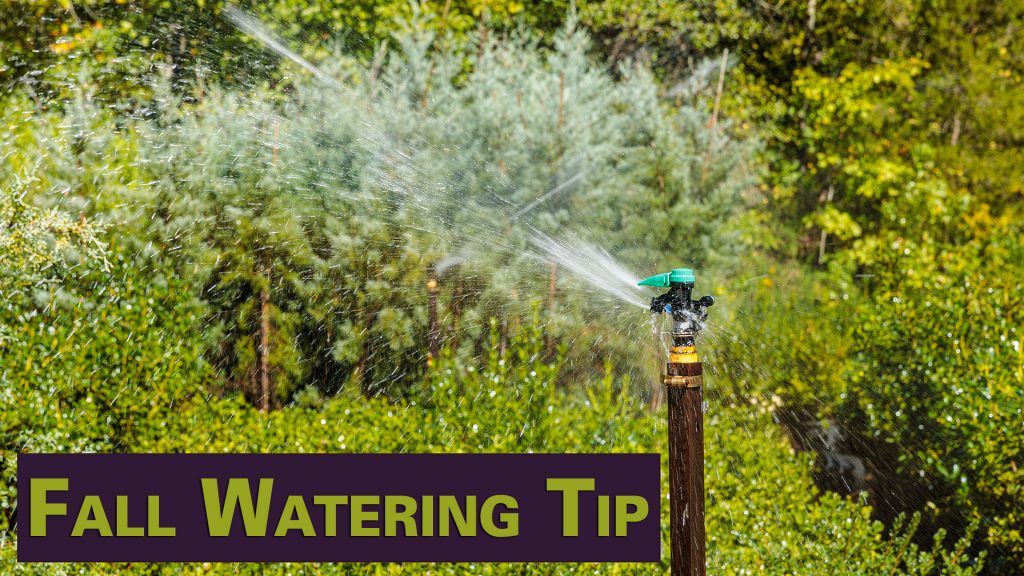
BLOOMING and TEA CAMELLIAS

Now is a great time to plant fall-blooming (Camellia sasanqua) or tea (Camellia sinensis) Camellias. Most are starting to bloom and like most Camellias are extremely drought tolerant.
If you are a tea drinker, the tea Camellias are great as both a landscape plant and to enjoy the satisfaction of growing your own leaves. They bloom white flowers in profusion with prominent yellow stamens. It is best to give the tea Camellias a bit of winter wind protection in our area and a well -drained organic soil. Site them where you have some room for them to grow. They will get big (10-12 feet tall and 6-7 feet wide). They can be grown on the dry side and perform quite well but appreciate regular watering until established. Watering twice a week should suffice in our cooler fall temperatures. Supplemental water is necessary during periods of drought in future years.
Fall-blooming Camellias are excellent landscape plants to lengthen your garden’s bloom into the cooler months of November and December (and beyond). These Camellias are more sun tolerant than Camellia japonica, and generally more cold tolerant. As with all Camellias they are drought tolerant. From a stature of 3 feet to 15 feet, fall-blooming Camellias fill most landscape needs (except poorly drained and soggy conditions). Amend the planting area with a good mix of bark fines and compost, plant the slightly high, and water twice a week through dry periods during establishment. Once rooted in, these Camellias are the toughest around. During drought however, I would soak an established Camellia once a week to keep it growing nicely. Again, winter winds will tend to dry out the foliage during cold dry periods so site them where they get protection from those cold blasts. Sun is not a problem and will help them set buds (and bloom heavier).
DROUGHT – TIPS TO KEEP YOUR PLANTS ALIVE WHEN IT DOESN’T RAIN

Water is essential to all living things. Some things need more water than others. Imagine not getting a drink of water for 6 or 7 weeks. Most likely humans would be deceased. Unlike humans, plants have mechanisms to prevent mortality when there is no rainfall BUT (big BUT) once these stratgies are exhausted, a plant will die. No matter how big or established it is, once all available moisture is depleted, a plant will begin dying. During drought, the water available to plants becomes very limited. Any water in the soil is very deep and beyond the reach of most plants’ root systems. Larger trees will have the best chance of survival since their root structure goes much deeper than most shrubs and perennials. However, even larger trees will begin dying as their moisture supply dwindles.
NOW is the best time to take action for drought stressed plants. It has been at least 3 weeks since plants began their wilting and leaf-shedding due to our current drought. Water as heavily as you can once or twice a week around those plants showing severe symptoms. Water slowly and deeply the first time, since dry soil will only shed heavy water amounts. Soak areas around stressed trees 2-5 feet past their canopies. It might take 4-6 hours to water a 25 foot tall tree the first time to get water into the soil (and prevent runoff). Move the hose frequently but make sure the water is getting into the soil and not running off. Water shrubs as you would larger trees but with shorter times. Your second watering, in about 2 days after the first, will penetrate into the soil better and could most likely be cut in half. Add a day between each subsequent watering (i.e. – watering #3 would be 3 days from watering number 2) but continue soaking heavily until we get a rainfall of 1-1.5 inches. You should be able to salvage some drought stricken plants if you begin watering NOW. One very important thing to remember: If you have large trees next to a shrub planting, you must water the shrubs twice as much since the trees will pull most of the available moisture immediately, but you will also be watering your trees at the same time! Forget watering the lawn. Focus on the plants. Fescue can be over-seeded successfully into December.
KIEFER NURSERY’S SALES ARE AWESOME!

With savings up to 40% during THE BEST PLANTING SEASON of the year, you get a lot of bang for your buck right now at Kiefer Nursery. Fifteen foot tall maple trees normally priced at $549.99 are on sale for $329.99. Smaller dogwoods and redbuds normally $199.99 are only $119.99. Shrubs are discounted 30% and those beautiful 7 gallon fall-blooming Camellias, normally $84.99 are only $59.49. NOW is a great time to buy and plant for the future at Kiefer Nursery. Give a plant for Christmas this year. It is a gift that will get better with age. We offer gift certificates as well as unique gardening tools and gifts in Miss Lily’s Garden Gift Shop.




